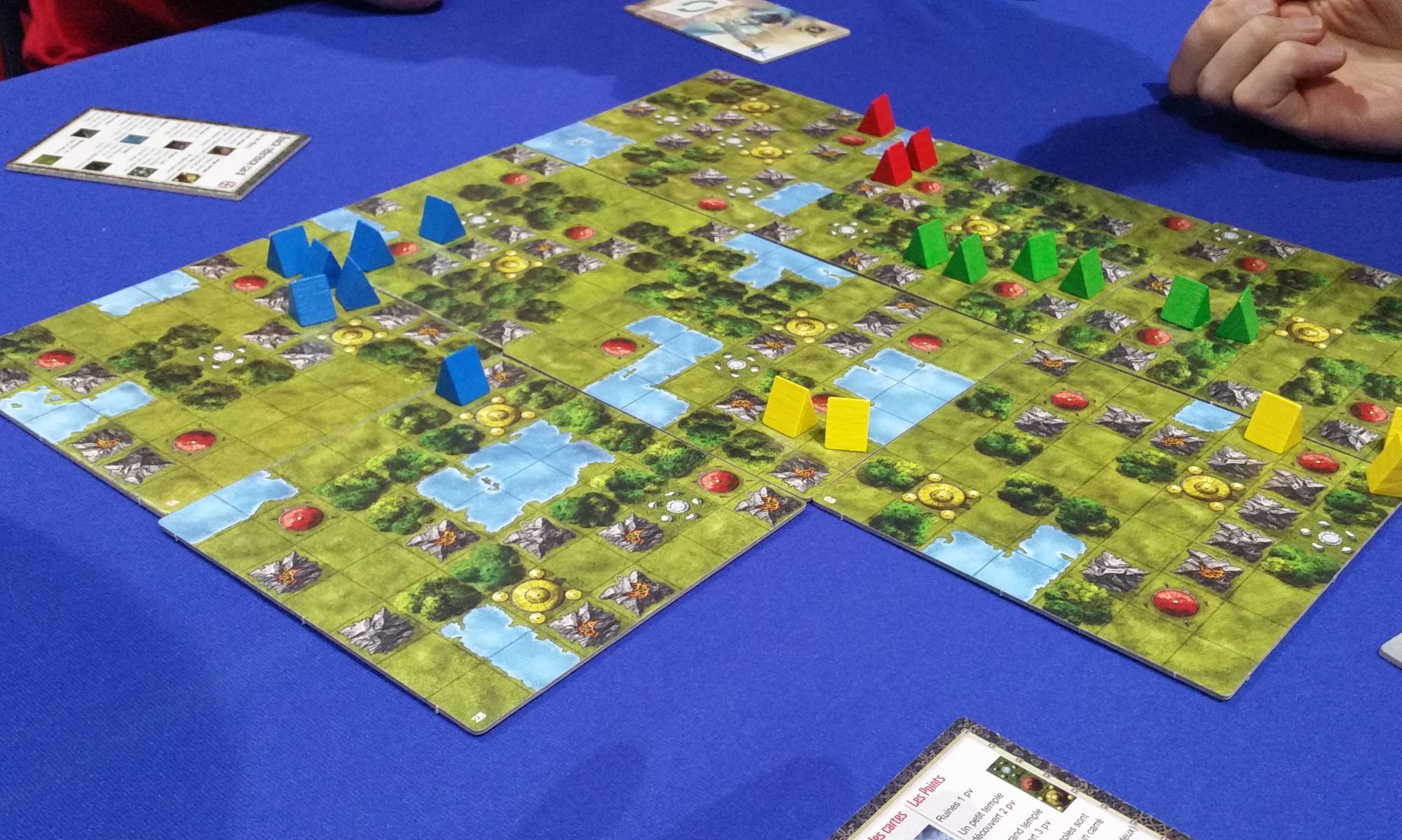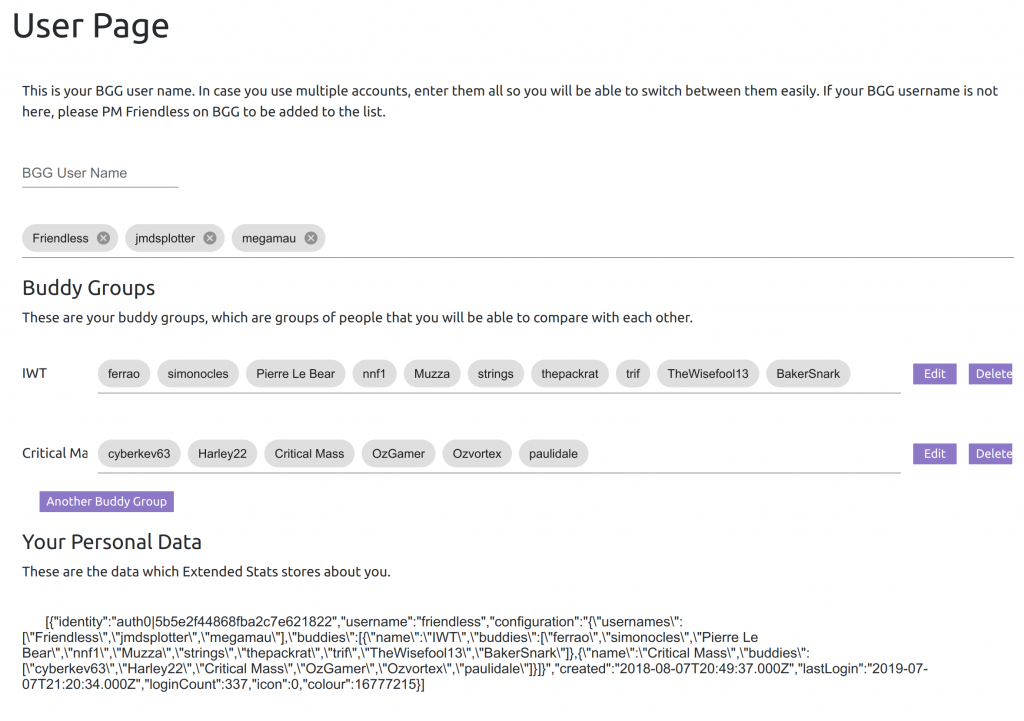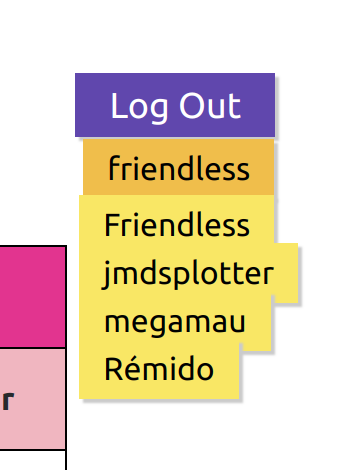I can imagine the despair out there in gamer land, when you realise that this is another post about technology and not about the site actually doing something. Yeah… sorry about that. My nerdiness is definitely trending towards tech at the moment.
Anyway, Terraform is nothing about Mars. It’s software for specifying what to do with Amazon Web Services. For example, for Extended Stats, it might include stuff like this:
- there’s a database
- there’s a Lambda which runs every 10 minutes, which looks at a file on pastebin to see who the users are
- there’s a Lambda which looks at BGG to get data about users
- there’s a host called extstats.drfriendless.com
- there’s an API Gateway which connects the host extstats.drfriendless.com to some Lambdas.
- and so on… there would be a lot of it.
At the moment I use a technology called Serverless to do that sort of thing, but I am not very good at it. On the other hand, after a couple of days of Terraform, I’m really getting into it. It seems better designed and easy to use.
Sadly I suspect it would be a lot of work to change from Serverless to Terraform for Extended Stats, though I will have to one day. Extended Stats is a poor combination of Serverless and ad-hoc undocumented changes made in AWS. This is fine for Extended Stats as it is, but it would be difficult for someone to reproduce the site.
In particular, the tricky bit is specifying the security permissions, which allow different bits of the project to use / modify / read other bits. For this Terraform stuff I’m doing, I’m very carefully doing even that in Terraform. For Serverless, I have not been so careful (because it was too annoyingly difficult!).
Anyway, it’s cool. One day I will get to use it in anger. Tomorrow though, I suspect I will have to write some features for you.






